A question we often times get is whehter it is okay to let your knees go past your toes while squatting. Up to this day it is still often times taught at college that your knees should not go past your toes since this is bad for your knees.
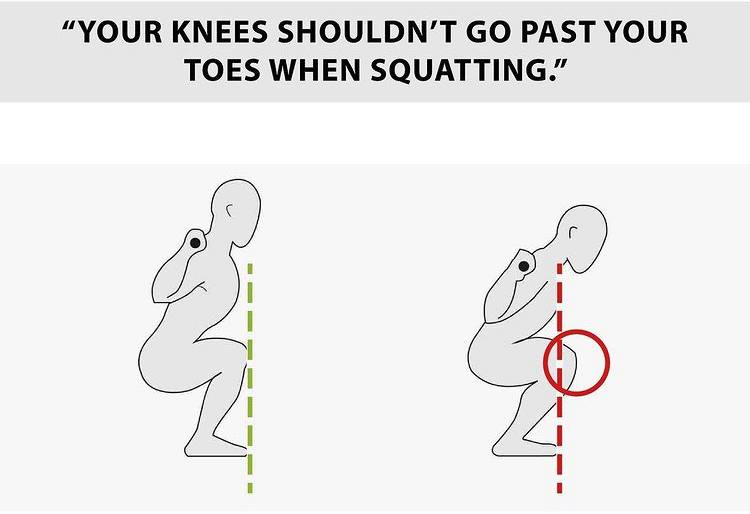
Where does this come from? Why do people still think like this? I can think of a couple of reasons why people would think this way. First of all, if you tell someone that has never squatted in their entire life to squat, they will probably just push their knees forward without any hipflexion. So the cue: “Sit back” could be useful here. This cue has probably evolved over the years and got overused with people trying to teach others how to squat.
Secondly, in some cases it might be wise to stay away from forward knee travel. Such as in people with certain pathologies. People with patellar tendinopathy or cartilage issues, or with meniscal injuries. With those patients it can be useful to temporarily stay away from deep knee flexion and forward knee movement. So we shouldn’t give the same advice, we give to patients with certain pathologies to healthy people. AIthough is true that tibiofemoral and patellofemoral compression increases with increasing knee angle but are well within the limits of what the knee can handle. (Schoenfeld 2010) If you want to squat below parellel, forward knee travel is perfectly normal.
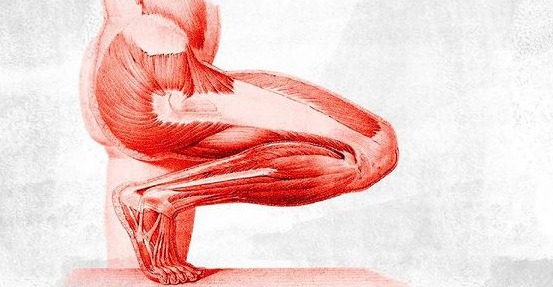
Your knees are built to move and your knees pass your toes all time in daily life activities, such as when you’re running or jumping or coming down the stairs. This is a perfectly normal and safe movement. It should not be pathologised by health care providers.
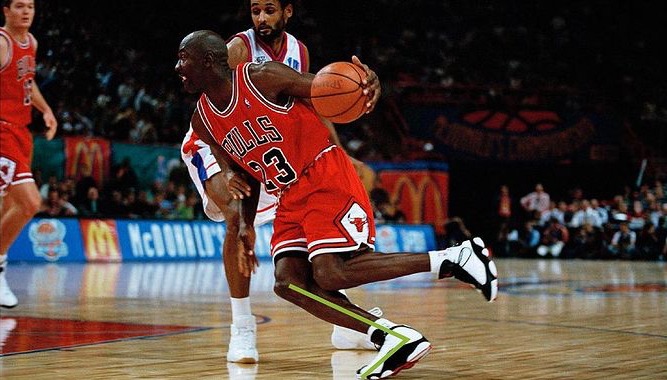
When we limit the knees traveling forward, the stress only shifts from the knees to the hips and lower back. (Fry 2003)
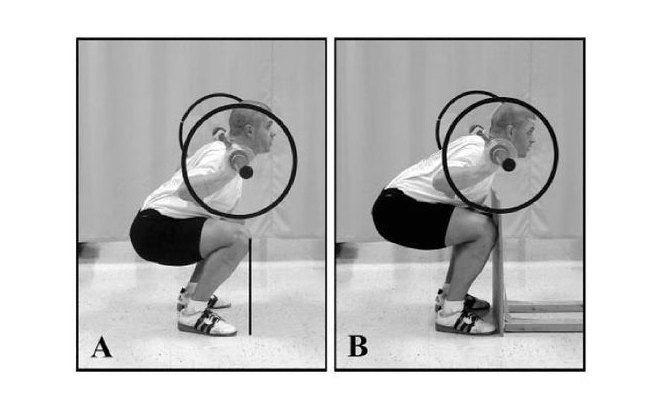
It should also be noted that different degrees of knee flexion stress different structures. (Endo 2020) See image below for more info. For example peak ACL shear forces occur at 15-30 degrees of knee flexion, maximum compressive forces are seen with 90-130 degrees of knee flexion.
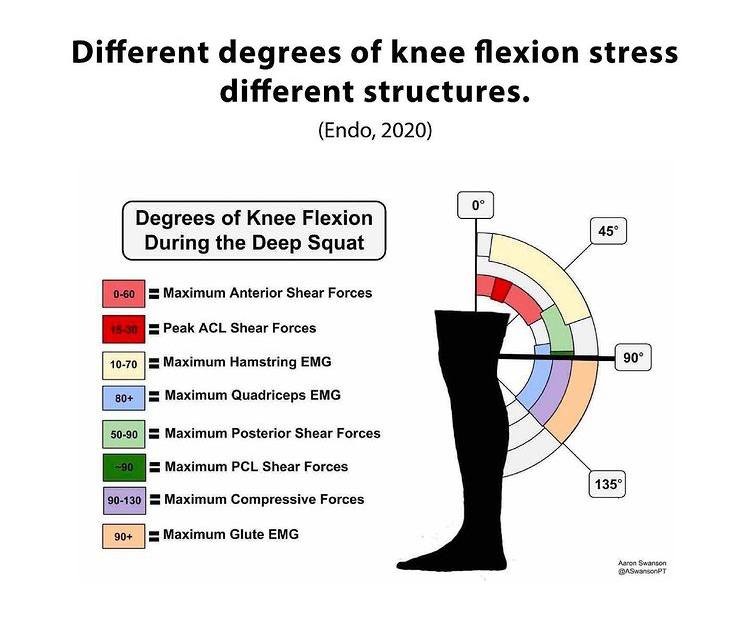
Remember that your body is strong and adaptable. If you gradually build it up a tolerance towards specific movements, your body will adapt. Your knees are capable of running a marathon, just not at once. You need time to adapt to this level of stress. You can probably squat 200kg and your knees will manage. Just build the loads up slowly over time, so your knees adapt to the forward knee travel. A cool study from 2014 By Grzelak showed that elite weighlifters actually have thicker cartilage compared to sedentary people. Other studies have shown that running also has a positive effect on cartilage.
Don’t fear certain movements, but build up a tolerance for these movements slowly over time.
